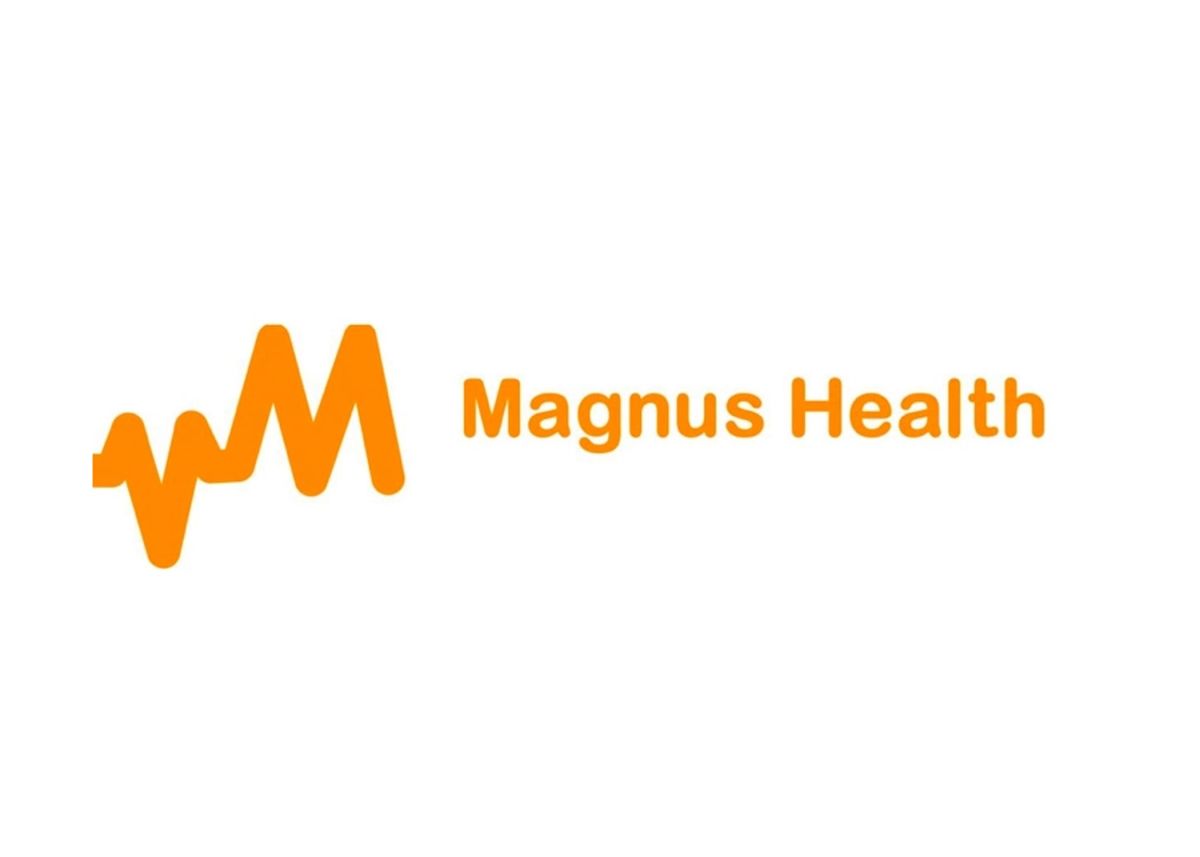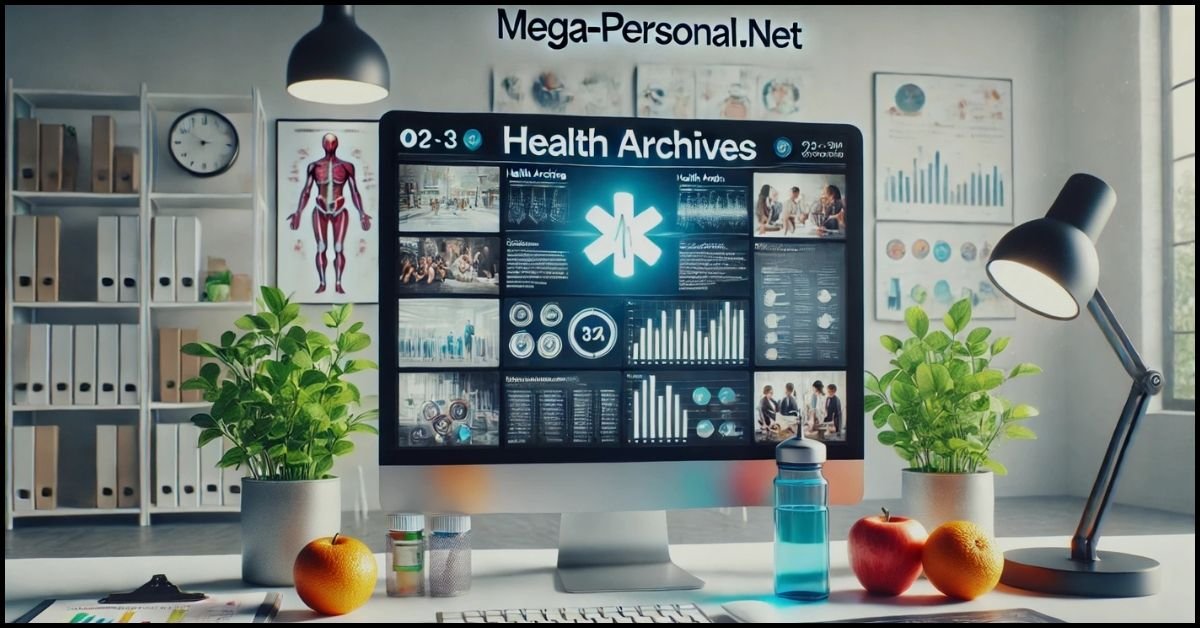Comprehensive oral well-being initiatives available within the Waterford region offer various preventative, restorative, and cosmetic treatments. This encompasses services ranging from routine examinations and cleanings to advanced procedures such as orthodontics, implants, and cosmetic enhancements. Individuals seeking to maintain or improve their oral condition can access a spectrum of options tailored to specific needs.
Maintaining sound teeth and gums contributes significantly to overall physical health and self-esteem. These initiatives, often supported by experienced professionals and modern technologies, provide avenues for preventing disease, correcting imperfections, and enhancing smile aesthetics. Historically, access to these services has evolved, emphasizing preventative care and patient education, ultimately promoting long-term oral health outcomes for the community.
This discussion will explore various aspects of oral care within Waterford, highlighting the available services, the importance of regular check-ups, and the potential impact on individual quality of life. Further topics include preventative measures, restorative options, and the advancements in cosmetic dentistry relevant to the Waterford community.
1. Preventative Examinations
Preventative examinations serve as a cornerstone of oral health maintenance within Waterford. These routine assessments are crucial for early detection and management of potential dental issues, contributing significantly to long-term oral well-being within the community.
-
Early Caries Detection
Preventative examinations allow for the identification of initial stages of tooth decay, often before symptoms manifest. Radiographic imaging and visual assessments can reveal subsurface lesions, enabling timely intervention with fluoride treatments or minimally invasive restorations, preventing further disease progression and potential tooth loss. For instance, a small cavity detected during a routine check-up can be addressed with a filling, avoiding the need for a root canal in the future.
-
Oral Cancer Screening
Oral cancer examinations are an integral component of preventative dental care. Dentists are trained to identify suspicious lesions or abnormalities in the oral cavity, including the tongue, gums, and inner cheeks. Early detection of oral cancer significantly improves treatment outcomes and survival rates. Visible signs like white or red patches, ulcers, or lumps are carefully examined and may warrant further investigation through biopsy.
-
Periodontal Assessment
Preventative examinations include a thorough evaluation of the gums and supporting structures of the teeth. This assessment helps to identify signs of gingivitis or periodontitis, such as inflammation, bleeding, and pocket formation. Early detection allows for prompt intervention with scaling and root planing, improving oral hygiene practices, and possibly antimicrobial treatments to prevent further bone loss and tooth mobility.
-
Assessment of Existing Restorations
During preventative examinations, existing fillings, crowns, and other dental restorations are carefully evaluated for signs of wear, damage, or leakage. Defective restorations can harbor bacteria and contribute to recurrent decay or periodontal issues. Identifying and addressing these issues promptly helps to maintain the integrity of the teeth and prevents more extensive and costly treatments.
The proactive nature of preventative examinations contributes directly to the overall oral health status of the Waterford population. Through early detection and intervention, these examinations minimize the need for extensive restorative treatments and promote long-term dental well-being, ultimately reducing healthcare costs and improving quality of life.
2. Restorative Procedures
Restorative procedures are integral to maintaining and improving oral well-being within Waterford. These interventions address damage, decay, or loss of tooth structure, focusing on restoring functionality and aesthetics, thereby contributing to the community’s overall dental health.
-
Dental Fillings
Dental fillings represent a foundational restorative treatment, addressing cavities caused by tooth decay. Materials such as composite resin, amalgam, or glass ionomer are used to fill the void left by the decay, preventing further progression of the disease and restoring the tooth’s structural integrity. The choice of material depends on factors such as the location of the cavity, aesthetic considerations, and the patient’s individual needs. Untreated cavities can lead to pain, infection, and eventual tooth loss, highlighting the importance of timely filling placement for overall dental health.
-
Root Canal Therapy
When tooth decay extends to the pulp, the innermost layer of the tooth containing nerves and blood vessels, root canal therapy becomes necessary. This procedure involves removing the infected or damaged pulp, cleaning and shaping the root canals, and filling them with a biocompatible material to seal them off. Root canal therapy saves teeth that would otherwise require extraction, maintaining the patient’s natural dentition and preventing the need for more extensive restorative treatments such as implants or bridges. It is crucial for alleviating pain and eliminating infection, thereby contributing to the patient’s overall oral and systemic health.
-
Dental Crowns
Dental crowns are used to restore teeth that are severely damaged, decayed, or weakened. These caps fit over the entire visible portion of the tooth, providing strength, protection, and improved aesthetics. Crowns can be made from various materials, including porcelain, metal, or a combination of both, depending on the location of the tooth and the patient’s preferences. They are often used after root canal therapy to protect the treated tooth, or to restore teeth that have been fractured or heavily filled. Crowns play a critical role in restoring function and appearance, enhancing the patient’s quality of life.
-
Dental Implants
Dental implants offer a long-term solution for replacing missing teeth. These titanium posts are surgically placed into the jawbone, providing a stable foundation for artificial teeth, such as crowns, bridges, or dentures. Dental implants mimic the function of natural tooth roots, stimulating the jawbone and preventing bone loss that can occur after tooth extraction. They offer superior stability and aesthetics compared to traditional dentures or bridges, improving chewing function, speech, and self-confidence. Dental implants represent a significant advancement in restorative dentistry, offering patients a durable and aesthetically pleasing solution for tooth loss.
These restorative procedures, when effectively implemented within Waterford, contribute significantly to the long-term oral well-being of the community. From simple fillings to advanced implantology, these interventions aim to restore function, alleviate pain, and improve the aesthetics of the dentition, ultimately enhancing the quality of life for individuals within the region.
3. Cosmetic enhancements
Cosmetic enhancements represent a significant facet of comprehensive oral care within Waterford. These procedures extend beyond basic dental maintenance, focusing on improving the aesthetic appearance of the teeth and gums, which can have a profound impact on an individual’s self-esteem and overall well-being.
-
Teeth Whitening
Teeth whitening procedures address discoloration and staining of tooth enamel, resulting in a brighter and more youthful smile. Various methods are employed, including in-office bleaching with concentrated agents and take-home whitening kits with custom trays. The impact extends beyond aesthetics; a whiter smile can improve self-confidence and positively influence social interactions. For instance, individuals may feel more comfortable smiling and engaging in social activities after undergoing teeth whitening treatments.
-
Veneers
Dental veneers are thin, custom-made shells that are bonded to the front surface of teeth to improve their appearance. They can correct imperfections such as chips, cracks, gaps, and discoloration. Veneers offer a versatile solution for achieving a uniform and aesthetically pleasing smile. In cases where teeth are misshapen or severely stained, veneers can provide a dramatic transformation, enhancing both the appearance and self-perception of the individual.
-
Orthodontic Alignment
Orthodontic treatments, such as braces and clear aligners, address misaligned or crooked teeth, improving both aesthetics and functionality. Correcting malocclusion can enhance chewing efficiency, improve speech, and reduce the risk of dental problems such as cavities and gum disease. Aligned teeth are easier to clean and maintain, contributing to better overall oral health. Many individuals in Waterford pursue orthodontic treatment to improve their smile and its functional aspect.
-
Gum Contouring
Gum contouring, also known as gingival sculpting, involves reshaping the gum line to improve the appearance of the teeth. This procedure can address issues such as excessive gum display (gummy smile) or uneven gum lines, creating a more balanced and aesthetically pleasing smile. For example, if the gums cover too much of the teeth, gum contouring can expose more of the tooth surface, resulting in a more proportionate and attractive smile.
These cosmetic enhancements, when integrated into the Waterford dental health landscape, demonstrate the multifaceted nature of modern dental care. They highlight the connection between aesthetics, function, and overall well-being, showcasing how improving the appearance of the teeth can have positive ripple effects on an individual’s self-confidence and quality of life.
4. Periodontal maintenance
Periodontal maintenance is a critical component of comprehensive oral care within Waterford. Its primary function is to prevent the recurrence or progression of periodontal disease following initial treatment. This specialized form of dental care directly impacts overall dental health by preserving the supporting structures of the teeth, including the gums and bone. Failure to adhere to a consistent periodontal maintenance schedule can lead to a relapse of infection, resulting in tooth loss and potentially impacting systemic health. For example, an individual diagnosed with periodontitis who undergoes scaling and root planing but neglects subsequent maintenance appointments faces a significantly higher risk of disease recurrence, necessitating more invasive and costly interventions in the future.
Regular periodontal maintenance appointments typically involve scaling and root planing to remove plaque and tartar from below the gum line, where regular brushing cannot reach. This process eliminates the bacterial reservoirs that contribute to inflammation and bone loss. Moreover, these appointments provide an opportunity for dental professionals to assess the patient’s oral hygiene practices, reinforce proper techniques, and address any emerging issues. In practical terms, a patient receiving periodontal maintenance may also benefit from antimicrobial rinses or localized antibiotic delivery to manage persistent infection. This proactive approach not only helps maintain oral health but also contributes to systemic well-being, given the established link between periodontal disease and conditions such as cardiovascular disease and diabetes.
In summary, periodontal maintenance is an essential element of Waterford dental health, acting as a preventative measure against the destructive effects of periodontal disease. It provides ongoing care and monitoring, ensuring the stability of the gums and supporting bone structures. Challenges such as patient compliance and access to specialized care may exist, but the significance of periodontal maintenance in preserving dentition and overall health remains paramount, aligning with the broader goals of comprehensive dental healthcare initiatives within the Waterford community.
5. Oral hygiene education
Oral hygiene education forms a critical and fundamental component of Waterford dental health. This instructive process empowers individuals with the knowledge and skills necessary to maintain optimal oral health practices independently. Its effectiveness directly correlates with the prevalence and severity of dental diseases within the Waterford community. Inadequate oral hygiene education can lead to increased rates of caries, periodontal disease, and other oral health complications, thereby undermining broader dental health initiatives. For instance, a school-based program in Waterford that educates children on proper brushing techniques and the importance of limiting sugary snacks would directly contribute to reducing the incidence of childhood caries.
The impact of oral hygiene education extends beyond individual practices; it influences family habits and community norms. When individuals possess a solid understanding of proper oral hygiene, they are more likely to instill these practices in their children, creating a positive cycle of oral health. Furthermore, effective educational campaigns can address misconceptions and cultural barriers that may hinder the adoption of preventative measures. Examples include culturally sensitive materials promoting the benefits of fluoride toothpaste in Waterford’s diverse populations, or targeted outreach programs for elderly residents highlighting the importance of denture care and oral cancer screenings. Oral hygiene education is a tool used to encourage people to take care of their oral hygiene and health.
In conclusion, oral hygiene education is not merely an adjunct to Waterford dental health; it is a cornerstone upon which preventative strategies are built. Successfully implemented educational programs require collaboration between dental professionals, schools, community organizations, and public health agencies. Overcoming challenges such as limited resources and varying literacy levels requires innovative approaches, including the use of visual aids, interactive workshops, and accessible online resources. The long-term benefits of prioritizing oral hygiene education are substantial, contributing to improved oral health outcomes, reduced healthcare costs, and enhanced quality of life for the Waterford community.
6. Emergency care
Emergency dental care in Waterford serves as a critical safety net within the broader dental health infrastructure. Unforeseen and often acute oral health issues, such as severe toothaches, dental trauma from accidents, or sudden infections, necessitate immediate intervention. The availability and accessibility of emergency services directly impact the overall dental well-being of the community. For instance, a resident experiencing a fractured tooth due to a sports injury requires prompt treatment to alleviate pain, prevent further damage, and minimize the risk of infection. Without readily available emergency care, such situations can escalate, leading to more complex and costly treatments, and potentially impacting overall health. This, in turn, reflects negatively on the general state of dental health within the Waterford region.
The efficacy of emergency dental care is contingent upon several factors, including the timely availability of qualified dental professionals, access to appropriate diagnostic equipment, and a coordinated system for patient triage and referral. A well-functioning emergency dental service ensures that individuals experiencing urgent oral health problems receive prompt and appropriate treatment, minimizing the potential for long-term complications. Consider the example of a patient developing a severe dental abscess; timely drainage and antibiotic treatment can prevent the infection from spreading to other parts of the body, averting potentially life-threatening consequences. Furthermore, emergency dental services often play a crucial role in educating patients about preventative measures, reducing the likelihood of future dental emergencies. This component also has a big part of general dentistry, oral and maxillofacial surgery, periodontics, prosthodontics and endodontics.
In conclusion, emergency care is an indispensable element of dental health within Waterford, providing immediate relief and preventing the escalation of acute oral health problems. Its effectiveness depends on accessible resources, qualified personnel, and a coordinated system of care. Addressing challenges such as limited after-hours availability and ensuring equitable access for all residents remains crucial to strengthening this vital component of Waterford’s dental health infrastructure, ultimately contributing to the improved overall well-being of the community. This component should be always available to people for reducing potential diseases and increase people’s health.
Frequently Asked Questions Regarding Waterford Dental Health
The following section addresses common inquiries concerning access to and understanding of dental well-being services within the Waterford region. Information provided aims to clarify prevalent misconceptions and offer guidance on navigating the local dental healthcare landscape.
Question 1: What constitutes a comprehensive dental examination within Waterford?
A comprehensive examination typically includes a visual assessment of the teeth and gums, radiographic imaging to detect subsurface issues, evaluation of existing restorations, and an oral cancer screening. The examination aims to identify early signs of disease and inform the development of a personalized treatment plan.
Question 2: What range of restorative procedures are generally available?
Common restorative options include dental fillings for cavities, root canal therapy for infected teeth, crowns to restore damaged tooth structure, bridges to replace missing teeth, and dental implants as a long-term tooth replacement solution. The suitability of each option depends on the patient’s specific needs and oral health condition.
Question 3: Are cosmetic dental enhancements readily accessible within the community?
Cosmetic enhancements such as teeth whitening, veneers, orthodontic alignment, and gum contouring are frequently offered. These treatments aim to improve the aesthetics of the smile and can contribute to increased self-esteem and confidence.
Question 4: What are the essential components of periodontal maintenance?
Periodontal maintenance typically involves scaling and root planing to remove plaque and tartar from below the gum line, regular monitoring of gum health, and reinforcement of proper oral hygiene techniques. This ongoing care is crucial for preventing the recurrence of gum disease.
Question 5: How effective is oral hygiene education in improving dental health outcomes?
Oral hygiene education provides individuals with the knowledge and skills necessary to maintain optimal oral health. Proper brushing, flossing, and dietary habits can significantly reduce the risk of caries and periodontal disease, leading to improved long-term oral health outcomes.
Question 6: When should one seek emergency dental care?
Emergency dental care should be sought for severe toothaches, dental trauma, infections, uncontrolled bleeding, or any situation that poses an immediate threat to oral health. Prompt treatment is crucial to alleviate pain, prevent further damage, and minimize the risk of complications.
The preceding information serves as a general guide to Waterford dental health. Consulting with a qualified dental professional is recommended for personalized advice and treatment planning.
The next section will explore resources and support systems available to promote dental well-being within the Waterford community.
Waterford Dental Health Tips
The following tips are designed to promote optimal oral well-being based on established dental health principles relevant to the Waterford community.
Tip 1: Establish a Regular Dental Examination Schedule: Consistent preventative check-ups are critical for early detection of caries, periodontal disease, and oral cancer. Adherence to a bi-annual examination schedule is recommended, though more frequent appointments may be necessary based on individual risk factors.
Tip 2: Emphasize Proper Toothbrushing Techniques: Effective plaque removal requires meticulous technique. Utilize a soft-bristled toothbrush and employ gentle, circular motions, ensuring all tooth surfaces are adequately cleaned. A two-minute brushing duration is recommended, twice daily.
Tip 3: Incorporate Interdental Cleaning into the Daily Routine: Toothbrushes alone cannot effectively clean between teeth. Daily flossing or the use of interdental brushes is essential for removing plaque and debris from these areas, preventing interproximal caries and periodontal inflammation.
Tip 4: Utilize Fluoride Toothpaste: Fluoride strengthens tooth enamel, making it more resistant to acid attacks from bacteria and dietary sources. Choose a toothpaste containing fluoride and ensure consistent use to maximize its protective effects.
Tip 5: Limit Consumption of Sugary and Acidic Foods: Frequent exposure to sugars and acids can erode tooth enamel, increasing the risk of dental caries and erosion. Moderate consumption of these substances and consider rinsing with water after ingestion to neutralize acids and remove food particles.
Tip 6: Hydrate Adequately with Water: Water aids in saliva production, which helps to neutralize acids, wash away food debris, and maintain a healthy oral pH. Frequent water consumption throughout the day is beneficial for overall oral well-being.
Tip 7: Consider Professional Teeth Cleaning: Even with diligent home care, plaque and tartar can accumulate over time. Professional dental cleanings remove these deposits, preventing periodontal disease and maintaining optimal oral hygiene.
Consistent adherence to these tips promotes the maintenance of healthy teeth and gums and reduces the risk of developing dental problems. Proactive oral hygiene practices are essential for achieving long-term dental well-being.
The article’s conclusion will synthesize key points and highlight available resources supporting optimal dental health within the Waterford community.
Conclusion
This article has explored various facets of Waterford Dental Health, emphasizing the importance of preventative examinations, restorative procedures, cosmetic enhancements, periodontal maintenance, oral hygiene education, and emergency care. Each element plays a crucial role in maintaining and improving the oral well-being of the Waterford community, contributing to overall health and quality of life.
Prioritizing oral health contributes to a healthier future for Waterford. Individuals are encouraged to utilize available resources and maintain consistent dental care practices. A commitment to proactive dental health management is essential for the sustained well-being of the community.



